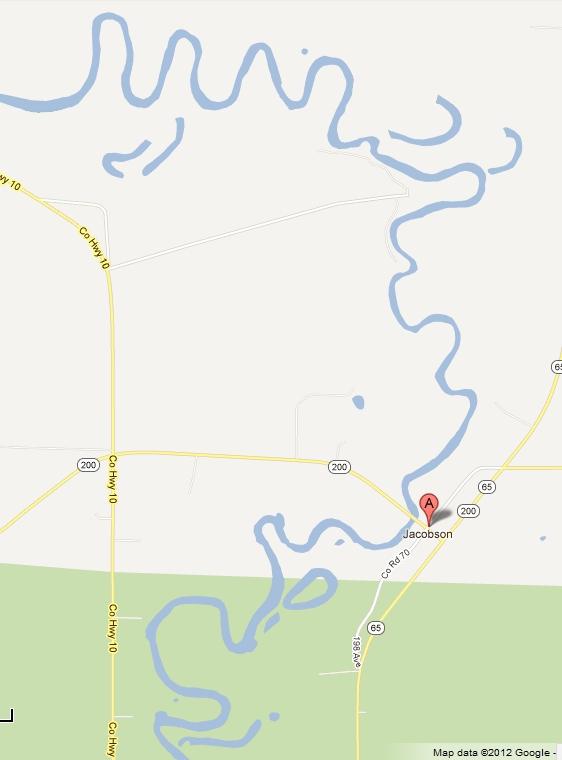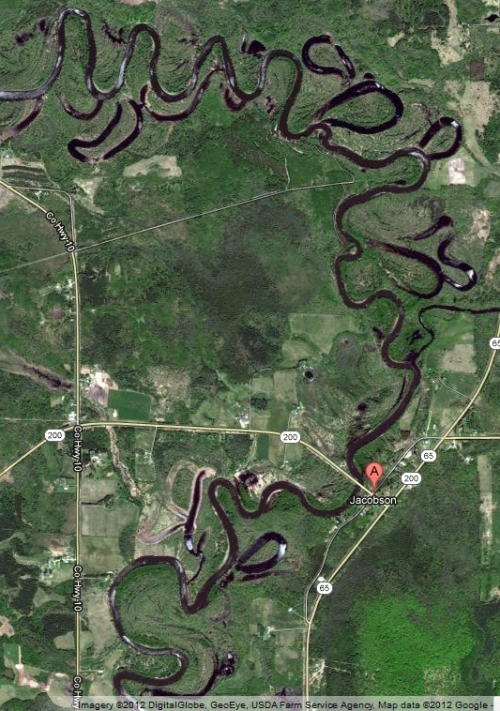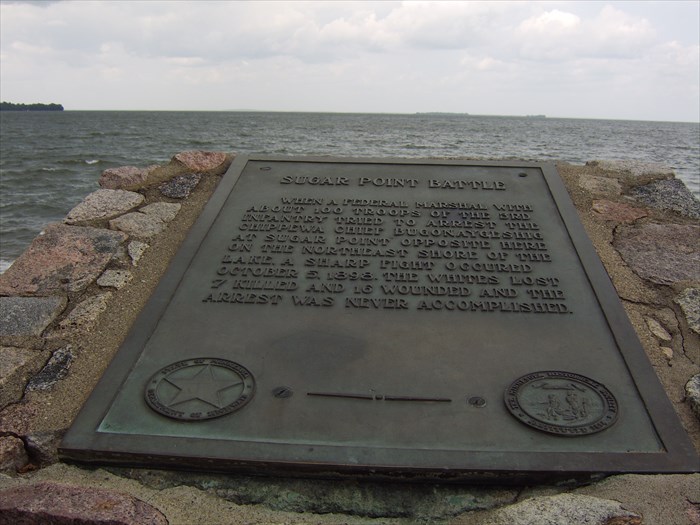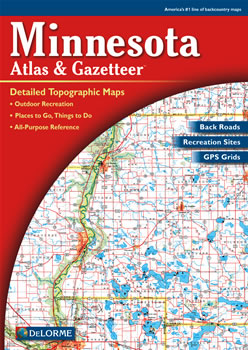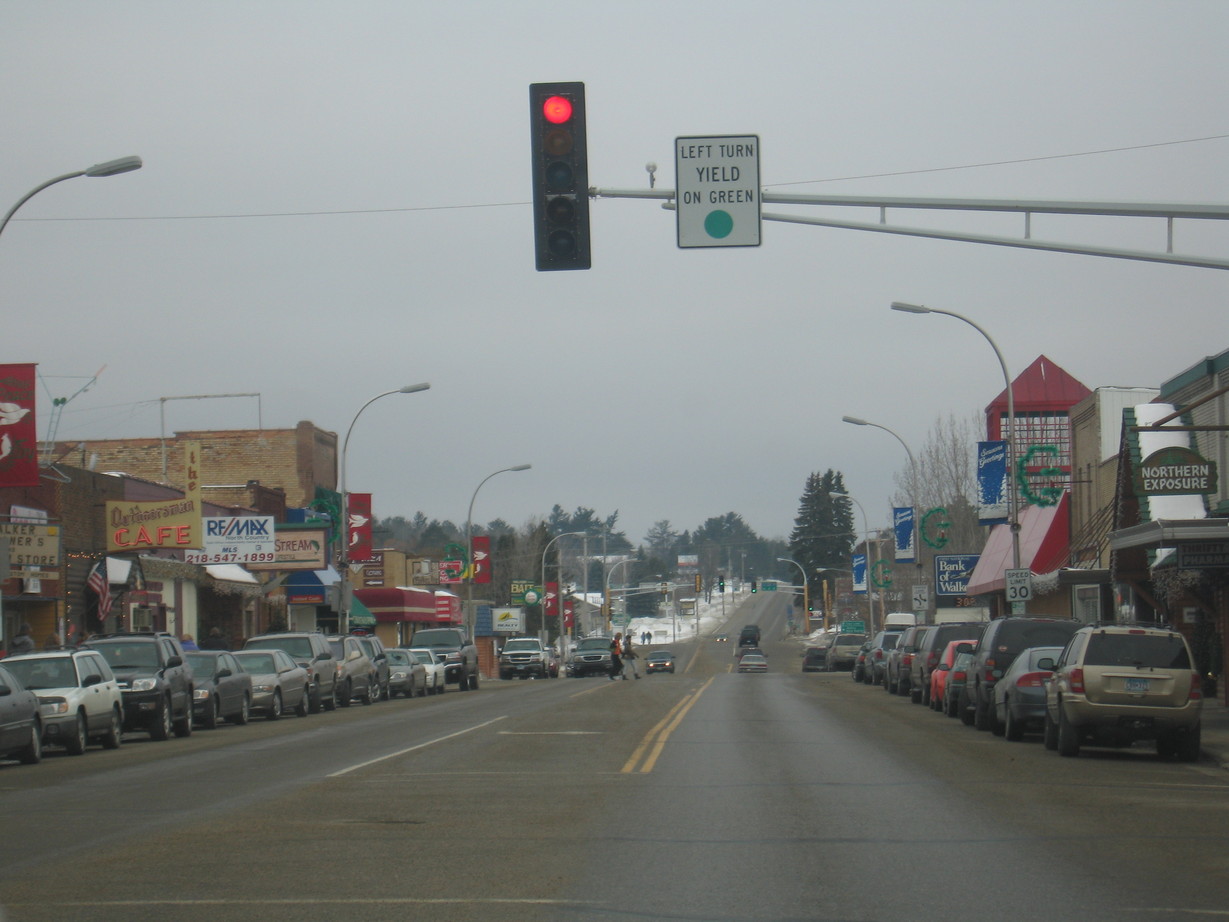Blue Highways: Duluth, Minnesota
Unfolding the Map
 It's our last stop in Minnesota, and after this we'll head into Wisconsin. It is also, to my knowledge, the only time that LHM stops by Lake Superior. I'll give a few recollections and thoughts about this vast Great Lake, to me the most mysterious of them all. If you want to see where Duluth sits on the edge of Lake Superior, the map is waiting for you.
It's our last stop in Minnesota, and after this we'll head into Wisconsin. It is also, to my knowledge, the only time that LHM stops by Lake Superior. I'll give a few recollections and thoughts about this vast Great Lake, to me the most mysterious of them all. If you want to see where Duluth sits on the edge of Lake Superior, the map is waiting for you.
Book Quote
"Downtown Duluth, if you ask me, hangs a little precariously to a volcanic bluff that drops six hundred feet to Lake Superior. The city revived in cool air that began to move off the blue lake stretching far eastward, finally so blending with sky that a horizon was almost indiscernible. It was as if Duluth sat on the edge of infinite blueness. The largest fresh water lake in the world (its volume is considerably greater than all the other Great Lakes combined), Superior is so big it has a three-inch tide."
Blue Highways: Part 7, Chapter 11
 Downtown Duluth. Photo by J. Belote and hosted at Panoramio. Click on photo to go to host page.
Downtown Duluth. Photo by J. Belote and hosted at Panoramio. Click on photo to go to host page.
Duluth, Minnesota
Once, a long time ago it seems, I passed through Duluth. I don't remember much about it except that we ate there in a restaurant underneath what I would label a hill, but which is probably a mountain in that part of the Midwest. It was a rustic bar and grill, more bar than grill, but the food was good and I think I might have even ordered deep fried cheese curds, which is a delicacy particular to that part of the country.
What I remember most about Duluth are the stories of the horrible winters. LHM, in his next paragraph after my quote, states factually that Lake Superior often freezes over up to 21 miles out from shore, and that this might thwart the dreams of Duluth to become another Chicago. It is, however, the most western Atlantic port as ships that ply the Great Lakes from the Atlantic seaboard make their way to Duluth. It is also out of the harbor that Duluth shares with Superior, Wisconsin that great ore ship of American legend and song, the Edmund Fitzgerald, sailed on its ill fated voyage that ended with Lake Superior claiming the ship as its own.
The Great Lakes have fascinated me since I lived in the Midwest and resided for some years in Milwaukee, on the shores of Lake Michigan. My first sighting of a Great Lake was when I flew east from California to join the Jesuit Volunteer Corps. I was going to live in inner-city Milwaukee, but before I went to my posting I was to take part in a retreat in Benton Harbor, Michigan. I flew United to Chicago, my first trip in a jet, then boarded a little propeller puddle jumper operated by Air Wisconsin (I later learned that their nickname was Scare Wisconsin). We took off from O'Hare, flew out over the city, and then suddenly over water. The largest lake I had seen up to that time was Clear Lake, in Northern California. I had an idea that lakes may be big, but not that big. So I figured that it would take 10 minutes to fly across Lake Michigan. A half an hour later, we were still over water. It was only then that I began to realize the vastness of these lakes.
And then there is Superior. That lake is most fascinating because it is most mysterious. The other lakes are huge, but they don't exude the menace that Superior does. Lakes Erie and Ontario are mostly shallow lakes. I know less about Lake Huron but it doesn't really capture my imagination. But Superior is a lake like no other. It is very deep and for all intents and purposes is like a small ocean. I have driven along its shores in the Upper Peninsula of Michigan, and I have even stepped foot into its cold waters and tried to swim. Everything about it seems different. If you are in the Upper Peninsula in the summer and swim in Lake Michigan, the water is warm, inviting and friendly. The beaches are sandy, and the small waves break in soft music. The color of the water is a light blue or, if the silt has been stirred up, a kind of gray.
Then you go a few miles to the shore of Superior, and there are no beaches. The bank drops down to a shelf of rock. I didn't remember any waves. And the blue that LHM writes about is as deep as you can think. Along this shore there are many shipwrecks, some of which can still be seen. Superior seems to suffer your presence, not invite it like the other Great Lakes. The winters along Superior are said to be bitter and difficult. If you are on the lake, the storms that whip along it can create ocean-like conditions and dangers. It is thought that the Edmund Fitzgerald, for instance, was the victim of a series of rogue waves, called Three Sisters, that broke one after another over the ship and overloaded it with water. It is no ordinary lake that offers conditions like that.
The Gordon Lightfoot song The Wreck of the Edmund Fitzgerald has a line which also fascinates me. "Lake Superior, they said, never gives up its dead, when the gales of November come early." I wondered what that line meant. I thought it meant that those caught on Superior in November gales would probably die. But Wikipedia provides a really interesting fact. Lake Superior's water temperature below the surface is a constant 39 degrees Fahrenheit. Normally, bacteria growth in the bodies of drowning victims creates gasses which propel a body to the surface of the water eventually. But the water temperature of Lake Superior is so cold that bacterial growth is inhibited, and therefore bodies tend to stay at the bottom. Thus, bodies from Lake Superior shipwrecks are not often recovered.
I am not sure if, knowing how cold and bitter it gets, and how cold and menacing Lake Superior seems, if I would want to live there. For some reason, it seems that my ability to withstand cold weather and harsh conditions has lessened considerably since I left Wisconsin and let the warm air of the Southern United States soften my hardiness. Yet it is difficult to deny that Lake Superior has beauty, savage though that beauty may be. To see it is to never forget it.
Musical Interlude
You know the musical interlude, given the post, has to be The Wreck of the Edmund Fitzgerald. Here it is, with lyrics.
I also found a song, by a band named Father Hennepin, called I Like It in Duluth. The video is kind of cheesy, but then again, so is the area!
If you want to know more about Duluth
City of Duluth
Duluth Budgeteer News
Duluth Breaking News
Duluth News Tribune (newspaper)
Duluth Seaway Port Authority
Duluth Shipping News
Perfect Duluth Day (blog)
University of Minnesota Duluth
Visit Duluth
Wikipedia: Duluth
Next up: Superior, Wisconsin




 Monday, March 5, 2012 at 5:20PM
Monday, March 5, 2012 at 5:20PM
